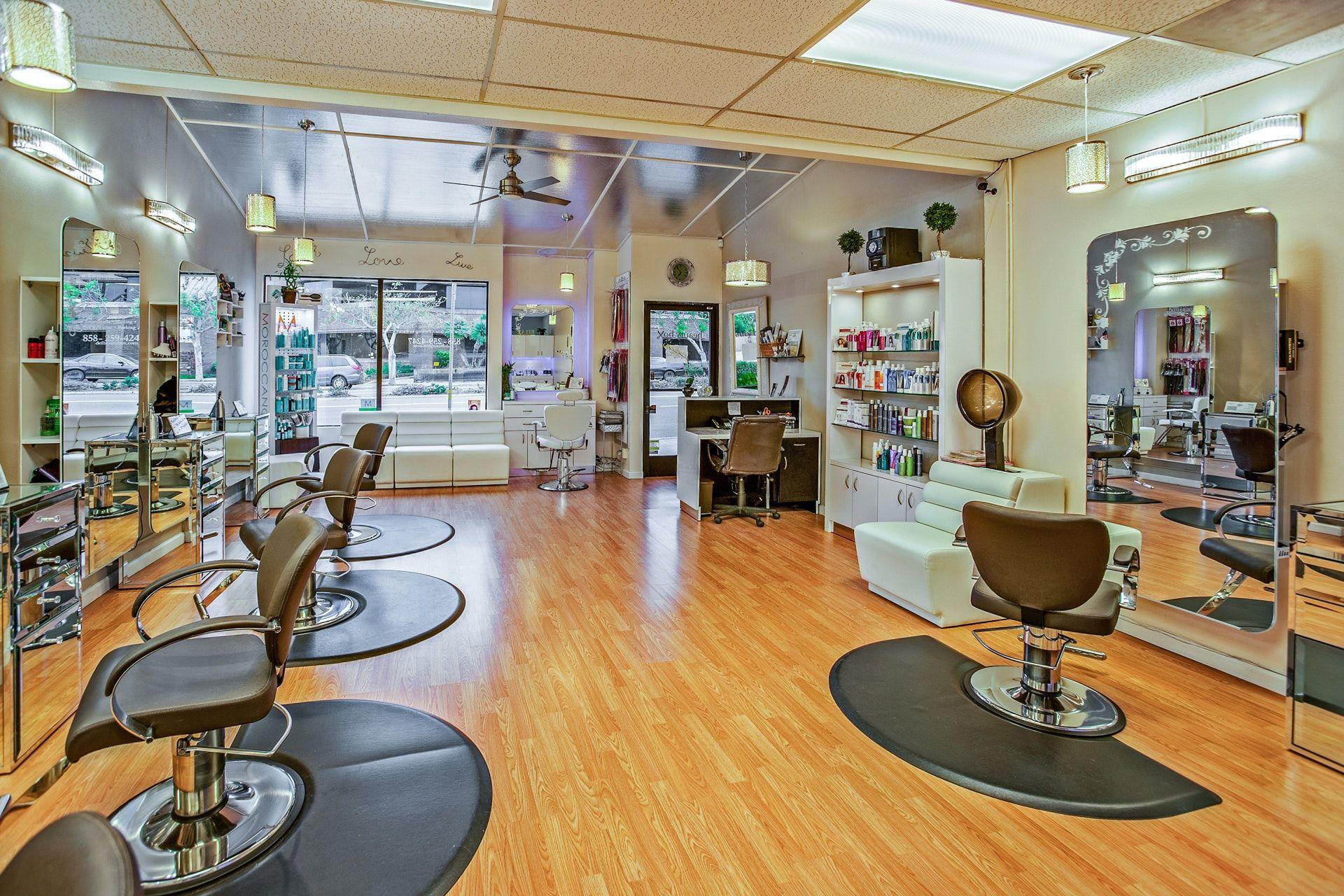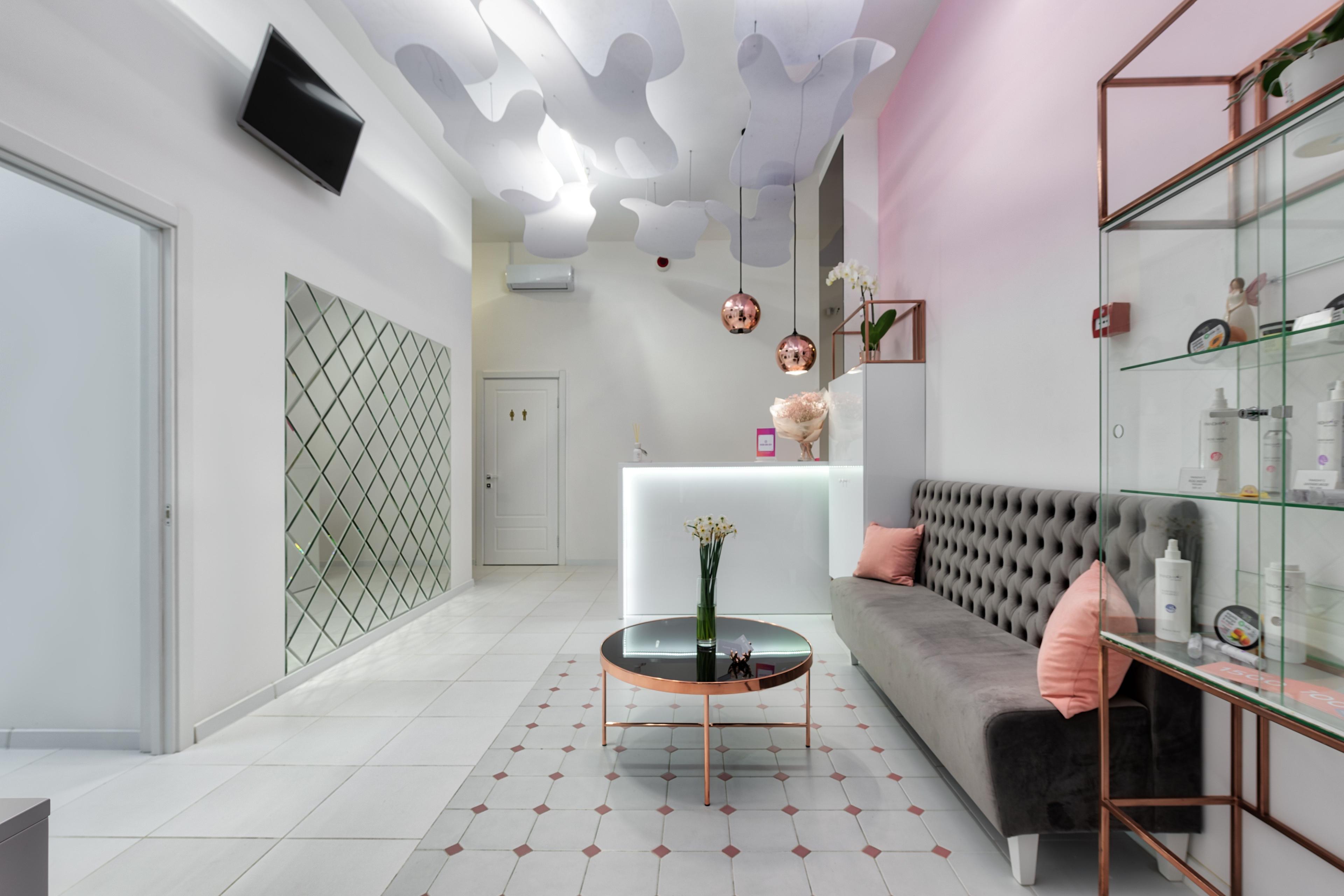History of beauty salons
The history of beauty salons can be traced back to ancient civilizations, where individuals would gather at communal spaces to groom and beautify themselves. In ancient Egypt, for example, women would visit beauty salons called "perfumeries" to have their hair styled, makeup applied, and nails done. In ancient Rome, men and women would visit public bathhouses to groom themselves, which also served as social spaces.
In the 19th century, beauty salons began to take on a more modern form, with the establishment of the first professional beauty parlor in Paris. The trend of beauty salons spread to the United States in the early 20th century, with the opening of the first beauty salon in New York City in 1902. These early salons focused primarily on hair care, and were often run by hairdressers.
As the beauty industry evolved, so did the services offered by salons. In the 1920s and 1930s, salons began to offer a wider range of beauty services, including facials, waxing, and makeup application. In the 1960s, the beauty industry saw a shift towards more natural and holistic beauty practices, with the emergence of "beauty boutiques" offering herbal treatments, aromatherapy, and other natural beauty services.

In recent years, there has been an explosion of beauty salons and spas offering an even wider range of services, such as hair coloring, hair extensions, body treatments, and more. Additionally, with the rise of social media and the beauty influencer culture, salons have also had to adapt to the changing trends and demands of the industry.
In short, the history of beauty salons is a long one, dating back to ancient civilizations and has evolved over the centuries to include a wide range of services catering to the changing beauty needs of people. Today, beauty salons and spas are a ubiquitous part of modern society, catering to the diverse beauty needs and preferences of consumers.








